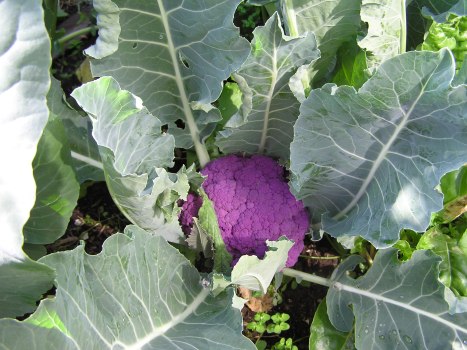I have decided that I am going to try and make Fridays my book review day – at least for the next couple of months as I continue to read through the mountain of books I have accumulated on different aspects of community.
My best book for this week is The Great Good Place by Ray Oldenburg. It explores the need for third places like cafes and coffee shops which provide an important place for people to gather in communities. These places provide a gathering place in which people from all backgrounds can gather without feeling inferior or judged, a place where race, culture and belief don’t matter and where everyone is allowed a voice without being threatened by the need to believe certain things or act in certain ways. “a transformation must occur as one passes through the portals of a third place. Worldly status claims must be checked at the door in order that all within may be equals.” p25
Oldenburg believes that third places are essential to community because they encourage civil discourse, political discussion and creativity within an informal setting that affirms the place of all members of the community. I love his assertion that the word idiot comes from the the ancient Greeks who equated privacy with stupidity. “Idiots were those who only understood their private worlds and failed to comprehend their connection to the encompassing social order.” p71
The best known third places are probably the English pub and the German beer garden. “The pub… is the only kind of public building used by large numbers of ordinary people where their thoughts and actions are not being in some way arranged for them.” p47
I found this book both stimulating and thought provoking particularly as he indites the church as a destroyer of third places and therefore by implication a destroyer of community mindedness. How does the church destroy thrid places – by forbidding dancing, smoking, alcohol and some cases even “loitering on street corners”. These social activities provide gathering places in which people can share ideas, tell jokes, relax and unwind without feeling judged or criticized.
Interestingly the way the author describes third places is reminiscent of the gatherings of Christains we read about in Acts where there was “neither Jew nor Greek, male nor female, slave nor free”. The egalitarianism of the early church fostered the kind of community Oldenburg speaks about but somehow we lost it and replaced these informal community gathering places with formal institutions in which one needed to colour inside the lines in order to be allowed through the doors.
I think that one of the driving forces of the emerging church is the recognition of this need for a Third Place where people feel free to voice their disagreements, express their doubts and encourage their creativity. I think one of the reasons we are losing young people from the church is because of this lack of third places. Being told how to act, and what to believe without any place for dissent or doubt is destructive of the very kind of community we say we want. I wonder if we would have less teenage rebellion and lose less older people from our churches if we fostered third place gatherings rather than the often boring and formally regimented segregated groups that many churches still encourage?
Yes I am deliberately trying to be provocative here, partly because I am concerned that we do not encourage questioning and healthy disagreement in our church gatherings and in the process are contribibuting to the isolation and loneliness within our society. What do you think?
Filed under: Books, Christianity, Community, life, Rhythms of life, spirituality | Tagged: Books, Community, gathering, Raby Oldenburg, Third places | 5 Comments »




















